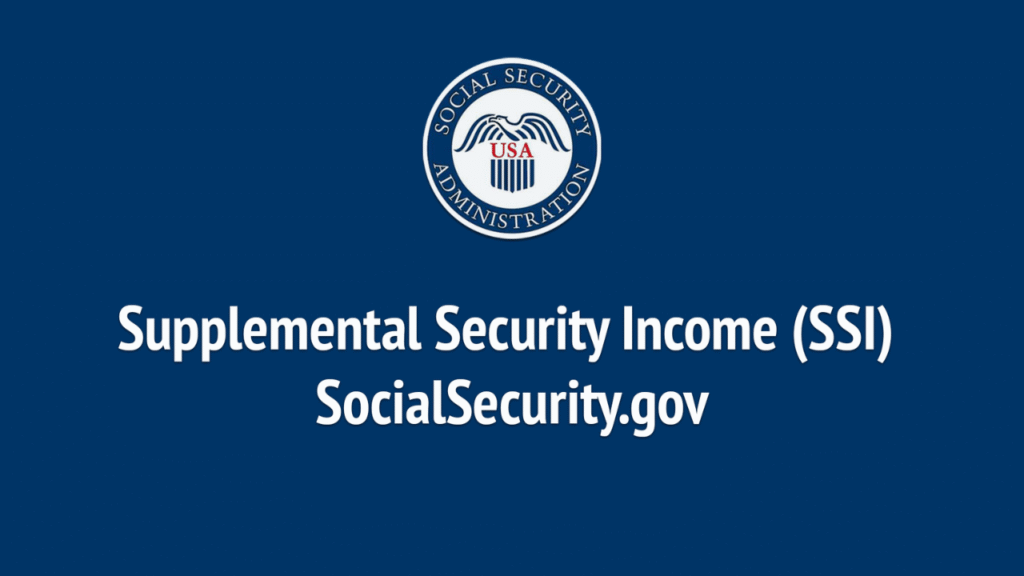Millions of Americans are set to receive their Social Security payments this week, with some beneficiaries eligible for checks as high as $5,108. These payments, distributed by the Social Security Administration (SSA), provide vital financial support to retirees, individuals with disabilities, and others who qualify for benefits.
Understanding the Payment Schedule
Social Security benefits are disbursed based on a recipient’s birth date and when they began receiving benefits.
- Birthdays on the 1st-10th: Payments are made on the second Wednesday of each month.
- Birthdays on the 11th-20th: Payments are made on the third Wednesday.
- Birthdays on the 21st-31st: Payments are made on the fourth Wednesday.
For May 2025, the payment schedule is as follows:
- May 14: For beneficiaries with birthdays between the 1st and 10th
- May 21: For those with birthdays between the 11th and 20th
- May 28: For birthdays between the 21st and 31st
Individuals who began receiving benefits before May 1997 or who receive both Social Security and Supplemental Security Income (SSI) generally get their Social Security check on the 3rd of each month and SSI on the 1st. If these dates fall on a weekend or a federal holiday, payments may be rescheduled to the previous business day.
Maximum Benefit Amounts
In 2025, the maximum monthly Social Security benefit is $5,108. To qualify for this amount, a person must have earned the maximum taxable income for at least 35 years and delayed claiming benefits until age 70.
Claiming earlier results in reduced benefits:
- At age 62: Maximum benefit is approximately $2,831
- At full retirement age (67): Maximum benefit is around $4,018
- At age 70: Maximum benefit is $5,108
These figures highlight the importance of careful retirement planning and understanding how age and income history impact monthly benefits.
Supplemental Security Income (SSI) Details

SSI provides support to people with limited income and resources, including the elderly, blind, or disabled.
The 2025 federal SSI payment rates are:
- Individual: Up to $967 per month
- Couple: Up to $1,450 per month
- Essential person: Up to $484 per month
Some states offer supplemental payments, so the total benefit can be higher depending on where a recipient lives.
Cost-of-Living Adjustment (COLA)

To help recipients keep up with inflation, a 2.5% cost-of-living adjustment was applied to benefits in January 2025. The average retirement benefit increased by about $50 per month as a result of the COLA. These adjustments are calculated annually based on changes in the Consumer Price Index for Urban Wage Earners and Clerical Workers (CPI-W).
Recent Legislative Changes
In January 2025, Congress passed the Social Security Fairness Act, which eliminated two controversial provisions: the Windfall Elimination Provision (WEP) and the Government Pension Offset (GPO). These provisions had reduced benefits for public workers who also received pensions from jobs not covered by Social Security.
The repeal of WEP and GPO has resulted in higher monthly payments for many retired teachers, firefighters, and other public employees. Some are also receiving retroactive payments to account for underpaid benefits from previous years.
Ensuring You Receive Your Payment
If a Social Security payment does not arrive on the expected date, the SSA recommends waiting three additional mailing days before taking action. If the payment is still missing, individuals should contact the SSA directly by phone or visit a local office.
Recipients can also check their payment status and manage their benefits through their online “my Social Security” account.
Final Thoughts
Social Security remains a critical lifeline for millions of Americans. Whether you are receiving retirement benefits, disability insurance, or Supplemental Security Income, staying informed about payment dates, benefit adjustments, and policy changes is key to financial security.
With the maximum benefit reaching $5,108 in 2025 and payments going out this week, beneficiaries are reminded to check their deposit schedules and ensure their information is up to date with the Social Security Administration.




